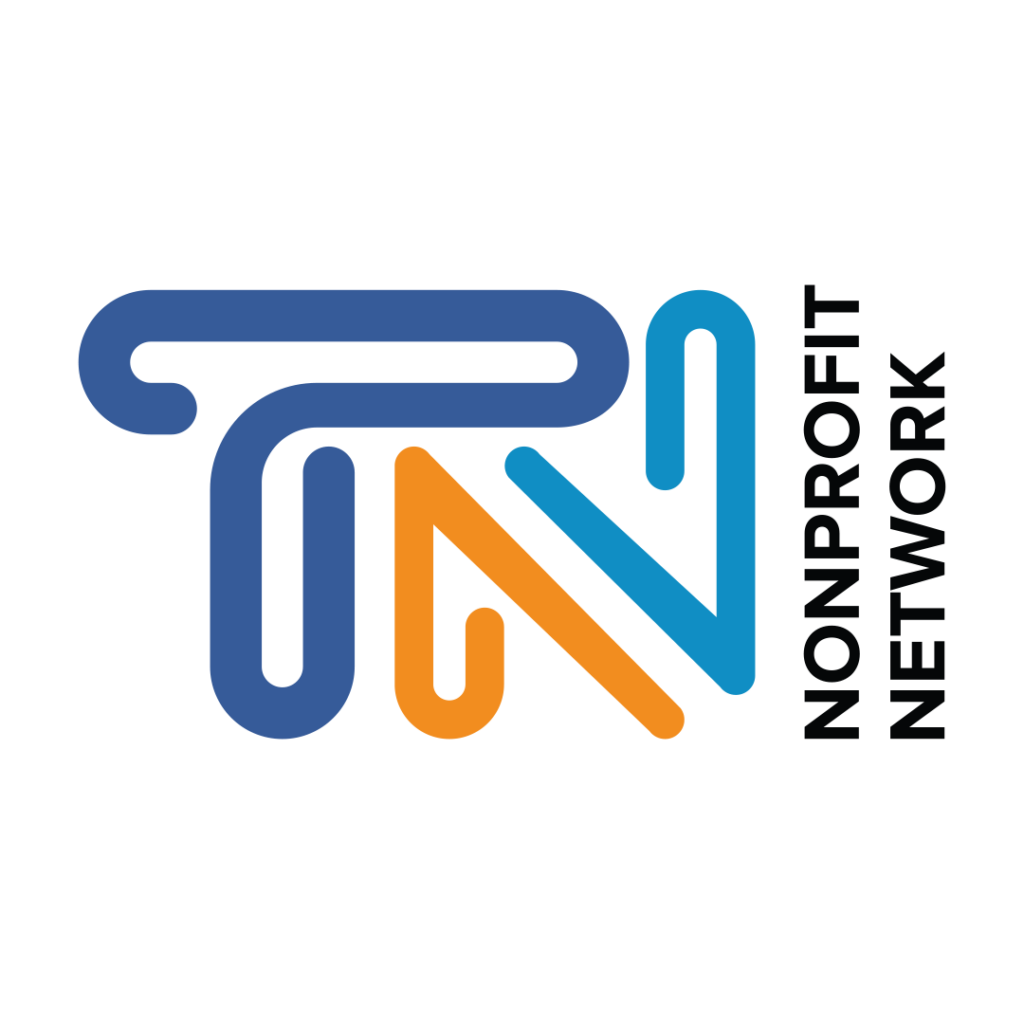by Kevin Dean, President & CEO, Tennessee Nonprofit Network
Nonprofits’ decisions often have profound consequences for the communities they serve, and cognitive biases can act as silent saboteurs. These mental shortcuts, while seemingly efficient, can lead decision-makers astray, fostering a culture of misjudgment and missed opportunities.
Imagine a board member selectively seeking data to validate a preconceived notion, an executive director clinging to an initial estimate despite new information, a staff member overestimating their ability to predict outcomes, or a team claiming they “knew it all along” after a project’s success or failure. These scenarios illuminate the pervasive influence of cognitive biases like the confirmation trap, anchoring, overconfidence, and hindsight bias.
When these biases infiltrate a nonprofit’s decision-making processes, they can undermine the organization’s mission, misallocate resources, and damage its reputation. Nonprofit leaders must understand how these mental traps operate so that they can cultivate a culture of self-awareness, critical thinking, and humility. This involves actively seeking out diverse viewpoints, challenging assumptions, and recognizing the limitations of our own judgment.
Below we will delve into each of these biases, examining their definitions, demonstrating their potential consequences in the nonprofit context, and proposing strategies to counteract their influence. We can empower nonprofits to make more informed, objective decisions that truly serve their communities by shedding light on these cognitive pitfalls.
Confirmation Trap
-
- Definition: The tendency to seek out information that confirms existing beliefs and ignore or discount information that contradicts them.
-
- Nonprofit Example: A board member strongly believes that a particular fundraising approach is most effective. They actively seek out success stories and testimonials that support this belief while overlooking evidence that suggests alternative methods might be more successful.
-
- Impact: This bias can lead to missed opportunities, suboptimal decision-making, and a closed-minded organizational culture. It can also stifle innovation and prevent the organization from adapting to changing circumstances.
Anchoring
-
- Definition: The tendency to rely too heavily on the first piece of information encountered when making decisions.
-
- Nonprofit Example: During budget negotiations, the executive director recommends raises for his COO. A board member is sure that this is far more than what she remembered from another organization’s salaries, despite the fact that she served on that board over ten years ago. Even if the salary in the board member’s mind is not realistic or aligned with the organization’s compensation structure, it can significantly influence subsequent negotiations (and potentially lose staff members who are underpaid.)
-
- Impact: Anchoring can lead to unfair or unrealistic expectations, hinder productive negotiations, and create conflicts within the organization. It can also result in missed opportunities to secure fair compensation or allocate resources more effectively.
Overconfidence
-
- Definition: An inflated sense of one’s abilities, knowledge, or judgment.
-
- Nonprofit Example: An executive director is overly confident in their ability to predict the success of a new program. They launch the program without thorough research or pilot testing, leading to significant setbacks and financial losses.
-
- Impact: Overconfidence can lead to risky decision-making, reckless resource allocation, and a culture of blame when things go wrong. It can also damage the organization’s reputation and undermine trust in leadership.
Hindsight Bias
-
- Definition: The tendency to believe, after an event has occurred, that one would have accurately predicted the outcome beforehand.
-
- Nonprofit Example: A fundraising campaign exceeds its goals. The development team claims they knew it would be successful all along, despite initial doubts and challenges. This can lead to overconfidence and complacency in future campaigns.
-
- Impact: Hindsight bias can hinder learning from mistakes, prevent critical analysis of past decisions, and foster a culture of self-congratulation rather than continuous improvement. It can also lead to unrealistic expectations and a lack of accountability when things don’t go as planned.
